SUMMARY
This is AI generated summarization, which may have errors. For context, always refer to the full article.
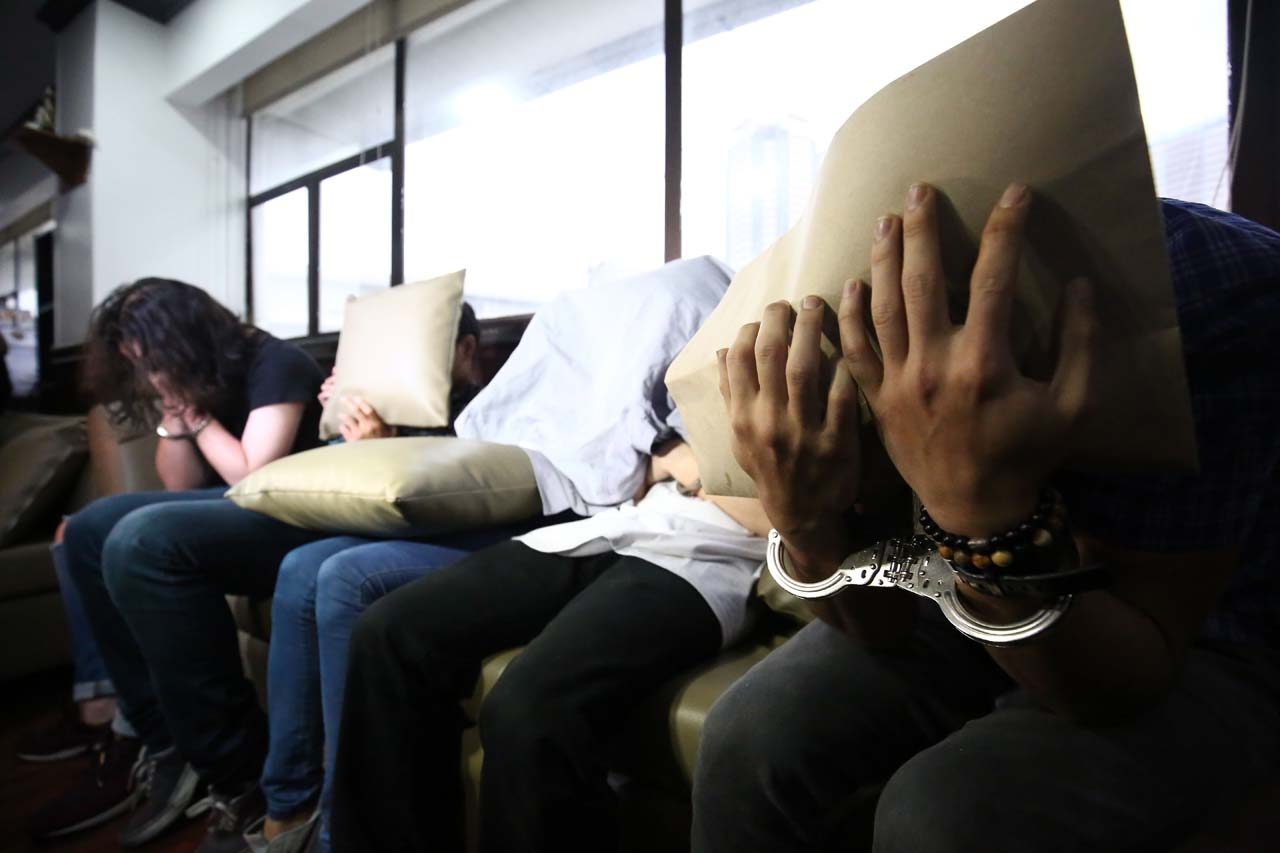
MANILA, Philippines – When millennials descend upon Boracay island to party over Labor Day weekend, so will the drugs.
It’s high season for the drug dealers, who make sure they are well stocked for events like these: large gatherings of college students and yuppies, clawing to let loose and craving to party.
Sometimes they are concerts. Sometimes they are music festivals – like the Close Up Forever Summer open-air concert just about a year ago that ended with 5 concert-goers dead from drug overdose. (READ: Music, drugs, and alcohol: Do young Pinoys party to get high?)
But there’s nothing quite like Laboracay, the name the millennials have given the 4-day series of beach parties, that gets the dealers excited. Not only is it far away from Manila – the focal point of the drug war – but it also spans days, this carefree, booze-fueled partying.
These dealers are different from the ones in the news. They aren’t the ones who surrender in police stations, photographed taking a pledge with their right hand up, vowing to reform their lives. They are not the ones who end up on the streets, packing tape over their mouths, corpses ogled by curious neighbors. And they don’t usually sell ice or crystal meth, better known as shabu.
They are the ones who sell only the top stuff. Cocaine, which induces a short-lived, intense high. Ecstasy, which causes a euphoric rush and affectionate behavior. And these dealers sell to those just like them – students in private universities, young professionals who earn a good living, 20- and 30-somethings from moneyed families.
“The cost of a pill depends on the season,” a dealer who has been selling drugs since 2013, told Rappler on condition of anonymity.
“During Laboracay, E (short for Ecstasy) can go for over P2,000 ($40) a piece,” he said.
Few partygoers, especially under the administration of President Rodrigo Duterte, will risk smuggling drugs to the islands themselves. But they’ll be willing to buy it once they’re there. So the dangerous task lies on the dealers, who will have to find ways to get them to the island.
“It’s too risky to bring them by plane,” he said. “So I take them via roro (roll-on-roll-off cargo ship vessels) instead. Security is light compared to airports.”
‘They’re back’
When Duterte officially became president in July 2016, he launched a controversial and bloody war on drugs that has seen a total of 7,080 killings as of April 23 – a combination of deaths from police operations and vigilante-style or unexplained killings. The victims come mostly from poor communities, many of whom are users or dealers of shabu, known as poor man’s cocaine.
Reports about arrests or deaths of wealthier individuals are rare.
In August, radio DJ Karen Bordador and her boyfriend Emilio Lim were arrested after a buy-bust operation that revealed P3-million ($60,000) worth of ecstasy, marijuana, and marijuana oil in the couple’s apartment. Lim was said to push drugs at high-end clubs and bars in Makati and Bonifacio Global City. (READ: Police eye charges against Karen Bordador, Emilio Lim)
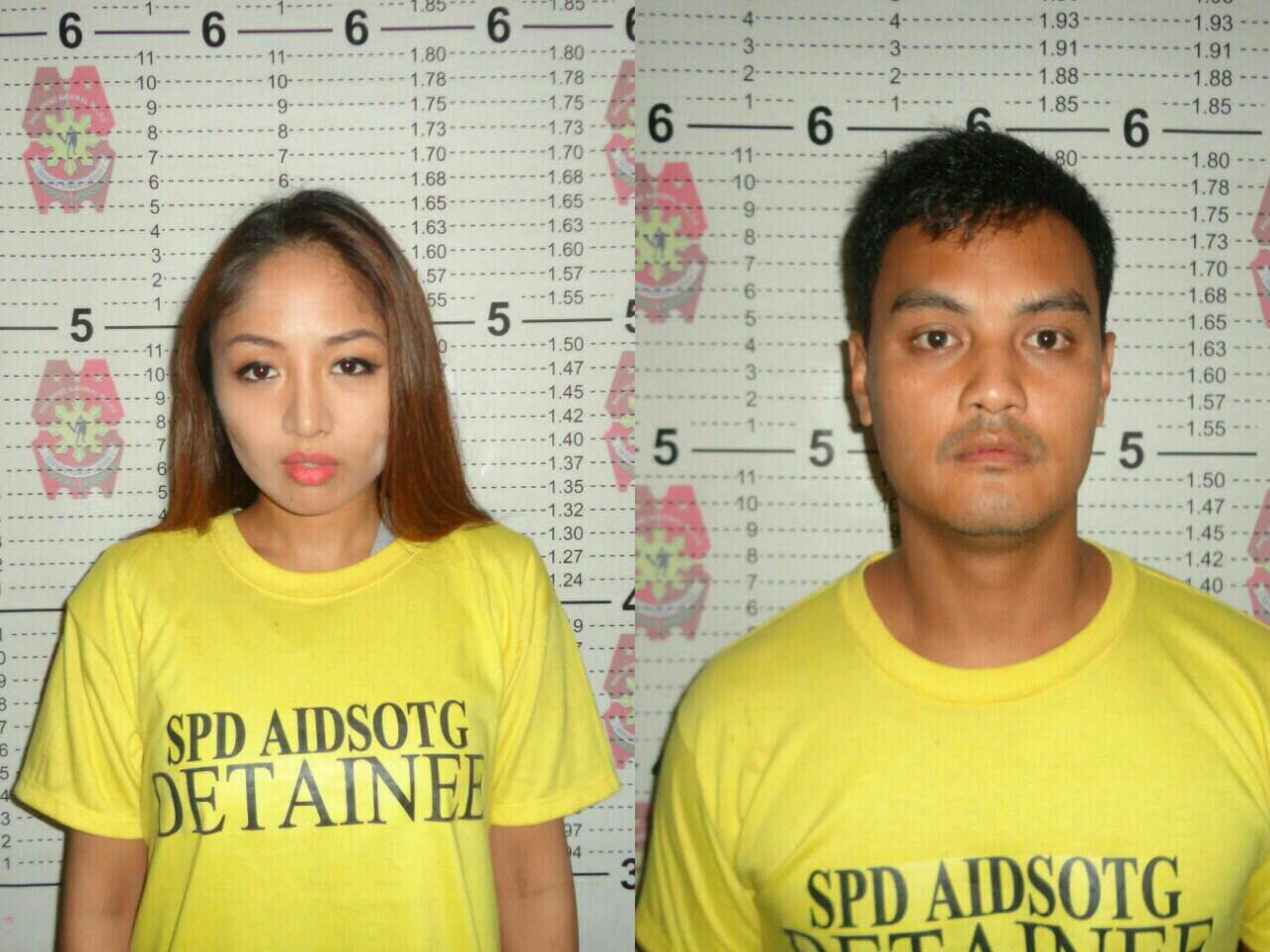
A month later, Aurora Moynihan, an actress’ sister and the daughter of a British aristrocat, was shot dead, her body found with a placard that read, “Pusher to the celebrities. You are next,” in Filipino. She was out on bail for drug-related charges.
Her death sent shockwaves among the rich, who previously felt untouchable.
“We lay low when he started killing people,” said the source, who sells cocaine, ecstasy, valium and marijuana.
“I changed my cellphone numbers. I didn’t sell for a month or two,” he said. “But people were still asking.”
He said a few dealers he knew did stop selling when the drug war started, with some Filipino American dealers even returning to the United States. But he said the effect wore off soon enough. Most dealers kept a low profile for a short time, then started selling again – although like him, more carefully.
“Everyone laid low. But a month or two after, all the tablets and capsules were back out. It became especially lax when the drug war stopped,” he said, referring to the temporary suspension of the drug war last January.
The suspension was triggered by the death of a Korean businessman, brutally murdered by corrupt policemen who used anti-drug operations as cover to extort from the victim. The incident was an embarrassment to Duterte, and prompted the Philippine National Police (PNP) to focus on what it called “internal cleansing,” before it resumed the drug war.
By March, the PNP’s drug-related operations had restarted.
“I hid my pills for safety in case there were raids,” he said. “But now they’re back.”
High prices
The strongest impact of Duterte’s drug war has been increased prices.
The dealer, who only sells drugs on the side, said he used to earn about P5,000-P7,000 ($100-$140) a week when he first started selling 4 years ago. Today, because of the network he has formed and the price increase, he earns about P15,000-P20,000 ($301-$401) every 3 days.
The source also said that obtaining the drugs to sell has become more difficult under Duterte, so when dealers are able to get drugs, they are able to mark up prices.
“It became more expensive but the demand was still there,” he said. “The prices are higher also because less people are selling.”
An ecstasy pill for instance, used to cost about P1,200, but the dealer said he can now sell it upward of P2,000 ($40). The Philippine Drug Enforcement Agency (PDEA)’s data supports his claims, reporting that the minimum price of ecstasy was P1,000 ($20) a piece in 2015, but shot up to at least P1,200 ($24) after Duterte became president.
Cocaine, he said, was P1,500 ($30) a gram before Duterte, and now ranges from P3,500-P5,000 ($70-$100) a gram. According to PDEA data, it was at least P3,600 ($72) a gram in 2015, but now goes for a minimum of P5,000 ($100).
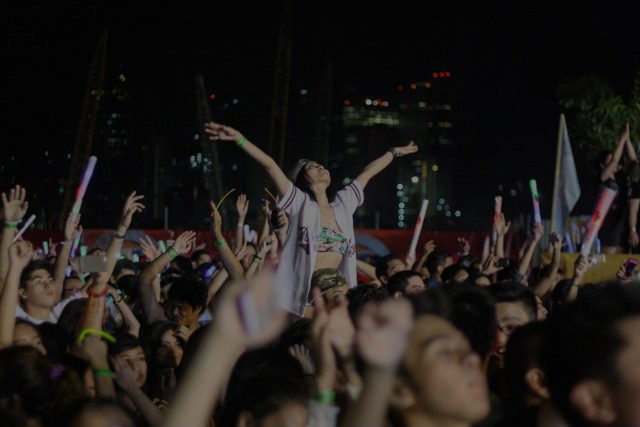
“Other people aren’t even sure if it’s legit coke or vitamin B along with coke just for it to become a gram,” he said.
Even valiums, which the dealer said he buys for P250 ($5) per pad, can be sold for P50 ($1) a piece. There are 10 pieces per pad, which means up to a 100% profit. Valium, a sedative, is popular among students and young professionals, who mix it with alcohol to increase its calming effect.
Stocking up on coke
Drug users from the middle- to upper-class whom Rappler spoke to, corroborated the prices and the information the dealer disclosed.
They also agreed that the frequency of their drug use did not decrease, although what has changed is where and how they use it.
If users previously took blow in bathrooms of clubs for instance, they now take it at home instead, or in cars, before stepping out. They’ll take it at private parties or weddings, or exclusive events, rather than bars or public places. They are also likely to take it on trips outside Manila, where drug operations are far less common.
Across the board, all felt that the focus of the drug war has been on the poor. They agreed that while users in their circles are more cautious about buying, when drugs are there and available, users will still take it.
“The cheapest good quality cocaine is now P5,000 ($100) a gram,” a 12-year, hard-drug user in the late 20s, told Rappler.
“It’s still easy to get, but it’s unlike before when everyone had it and it was everywhere,” the source said, adding that even their usual dealers now find blow harder to obtain.
“Honestly, even now, I get scared to buy because I could be in the wrong place at the wrong time, and get caught when they’re raiding the dealer.”
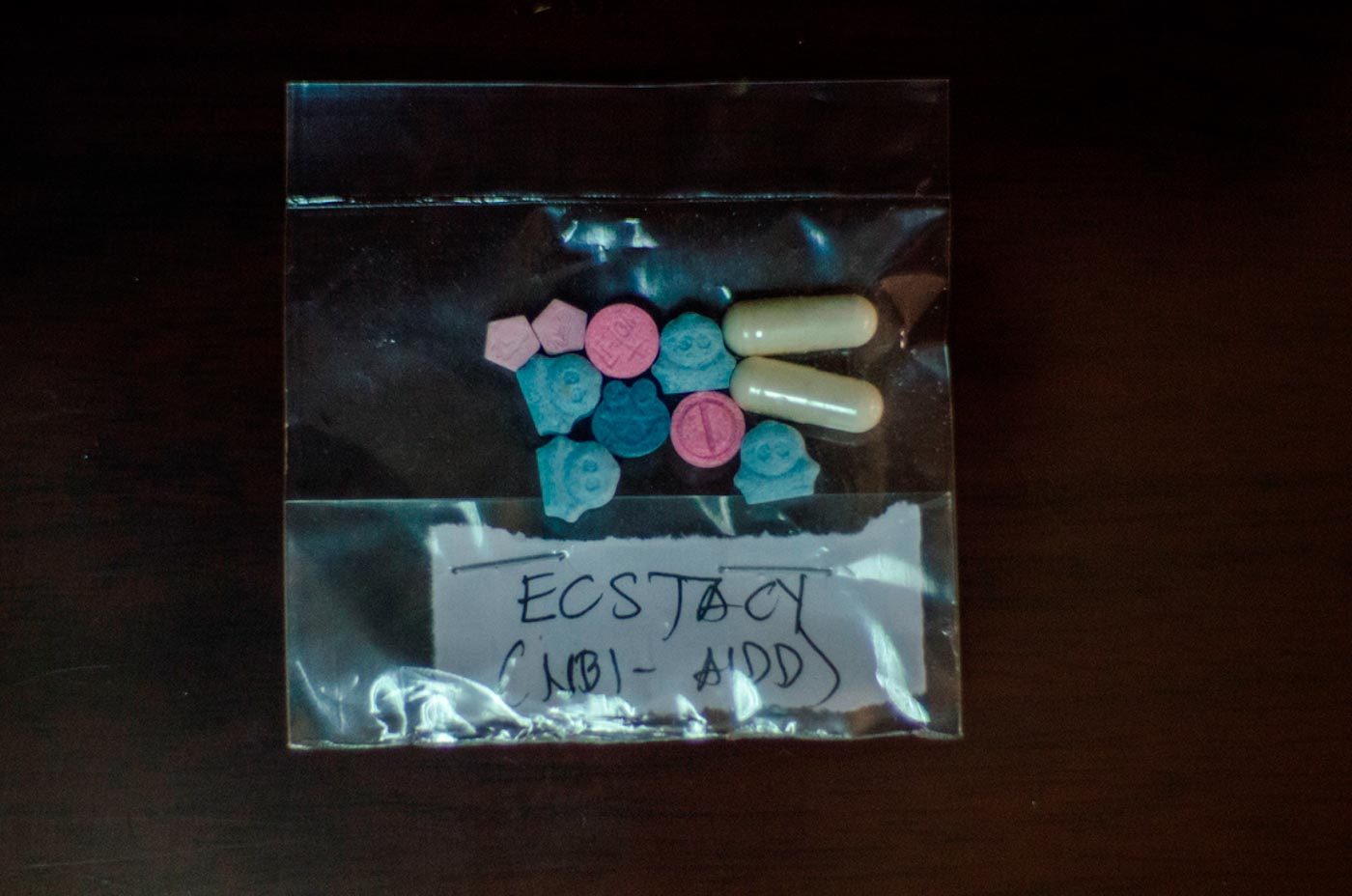
The source added that they feel the focus of the police has been on ecstasy and shabu, rather than cocaine, and when asked why they thought that was the case, the user said “because when you use blow, you’re still aware of what you’re doing.”
Another long-time drug user whose choice of drugs is also cocaine, said “Duterte made a difference,” but like the dealer Rappler spoke to, said the effect was felt only for a short time.
“It was really hard to get when he started. Especially when the killings were happening. Now it’s easier,” said the source.
“But the prices [of cocaine] went up. It goes up to P5,000-P7,000 ($100-$140). Before it was only P3,000-P5,000 ($60-$100). Before Duterte, you could get it every day. Now people are more careful. They hide it more and they no longer go all together at the same time to the bathroom.”
The user also agreed that even the dealers they buy from “are more careful now” and no longer “just sell to anyone like before.”
Still another user, a young professional who regularly uses marijuana and cocaine, said the drug war made it harder to get drugs but it did little to discourage their use.
“It was a hassle to get coke before, so I had to stock up. Instead of getting one bag, I’d order two,” the source said.
“People in my circle are more careful, but usage is the same. And dealers of cocaine are still dealers.”
Focused on shabu
The PNP insists it does not discriminate in the drug war, and said it goes after cocaine, ecstasy, and other drugs as much as it does shabu. Like shabu, cocaine and ecstasy are stimulants, addictive, and over time, can cause irreversible damage to the brain.
“We’re focused on all types of illegal drugs,” PNP Spokesperson Dionardo Carlos told Rappler on Wednesday, April 26.
“But the number one drug of choice is shabu, that’s why our arrests are really mostly shabu users.”
Data from the 2015 PDEA annual report says that shabu is indeed the most abused drug with 95.47% of users consuming it, followed by marijuana at 4.29%, and other drugs like cocaine, ecstasy, and others at 0.24%. The data is based mostly on its drug-related arrests, PDEA said.
But while shabu is the choice of the poor, PDEA numbers could be skewed if they are based on arrests because the traditionally rich users of cocaine or ecstasy often evade arrest.
PDEA Director General Isidro S. Lapeña said that the rise is an obvious gain in Duterte’s war on drugs, given that the price structure is directly affected by availability and demand. The rise in prices of the drugs also hints at what the focus of the police is.
“When the market price of illegal drugs rises, it is generally assessed that there is a scarcity in supply available in the market and vice-versa,” Lapeña explained. “That is an indication that the present government is winning the war against the drug menace.”
While the prices of all drugs have indeed risen, shabu’s rise is significantly more than the rest. The latest data also indicates that ecstasy is now cheaper than cocaine, and that the maximum price for shabu is now higher than ecstasy and cocaine.
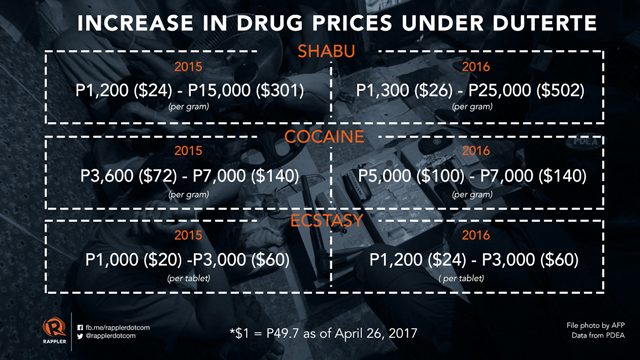
Shabu’s price range has risen from P1,200-P15,000 ($24-$301) per gram in the first half of 2015, to P1,300-P25,000 ($26-$502) by October 2016.
While the prices of cocaine and ecstasy have gone up slightly, the maximum costs of P7,000 ($140) per gram for cocaine, and P3,000 ($60) per tablet of ecstasy have stayed the same, suggesting the supply has remained relatively unchanged.
Rappler’s dealer source said that while it has become slightly harder to obtain drugs, dealers have found more creative means to acquire them.
“I got into the black market. I got it a lot cheaper,” said the dealer. “I had a source who got it directly from Vietnam, the US, Taiwan, and New Zealand. There was one time people would make it in Bacolod. But now, I get it from the black market.”
He added, “My source taught me how to order from the internet so I get it safe to my place. And directly.”
PDEA’s 2016 data confirms the dealer’s statements, stating mail and parcel services is one illegal way drug enters the country. It also acknowledged that the Philippine long coastline and numerous islands increases the country’s vulnerability to drug smuggling. The roro to Boracay island for example, has 3 ports: Batangas, Mindoro, and Caticlan.
‘Money speaks’
Just last month, in March, the dealer had a close call when someone he said he did not know dropped his name to the cops, and tagged him as a drug pusher.
A bar he frequented was under surveillance, he said, but he found out beforehand and made sure to keep his pills at home.
“They’re saying they’ll kill every drug dealer or put them in rehab but they’re focusing more on the poor. Because people who are rich could always pay for bail,” he said. “Money speaks, I guess. Corruption is still here.”
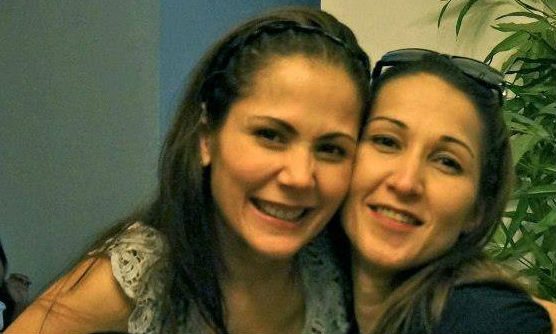
The dealer said he has heard of at least two other dealers in their 20s who were raided and who were killed by police in their apartments in BGC, news of which never made it to media, perhaps because the police were paid to stay silent, he said.
He said most of the dealers and kingpins he knows “reside in the south, or Makati, and the BGC area,” all of which remain largely untouched in the drug war. He also said that for the rich, dealers get caught mostly because someone squeals.
“When it comes to the middle class, it’s because someone drops their name,” he said.
One of the drug users we spoke to, who shares a close relationship with their dealer, said “the sources and dealers, some of them have connections to the police so they know if they’re on the list.”
With some cash, connections and some favors, dealers of the wealthy stay largely protected, resources the poor do not have access to.
“If the police will take action, I can always use money,” the dealer said.
He currently has 250 pills of ecstasy under his possession, and is set for pay day over the Labor Day weekend. – Rappler.com
Add a comment
How does this make you feel?
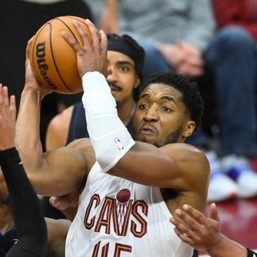
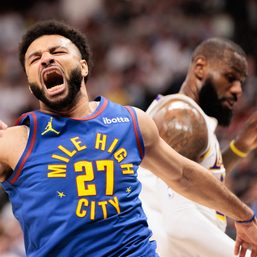
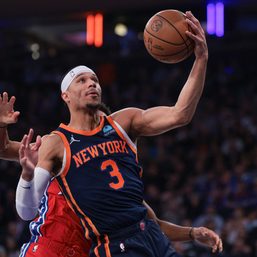
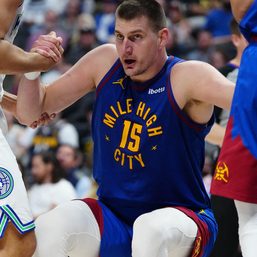

There are no comments yet. Add your comment to start the conversation.